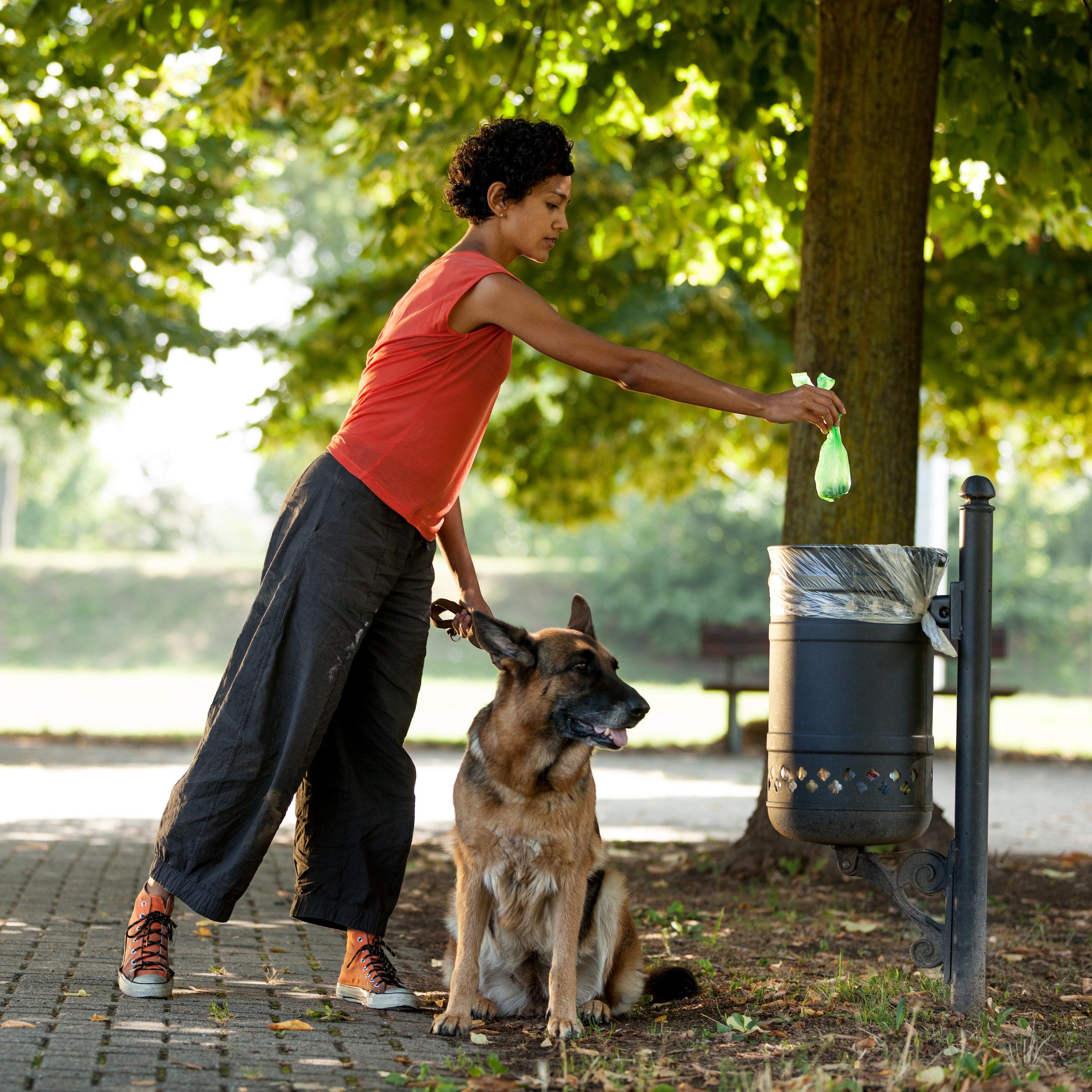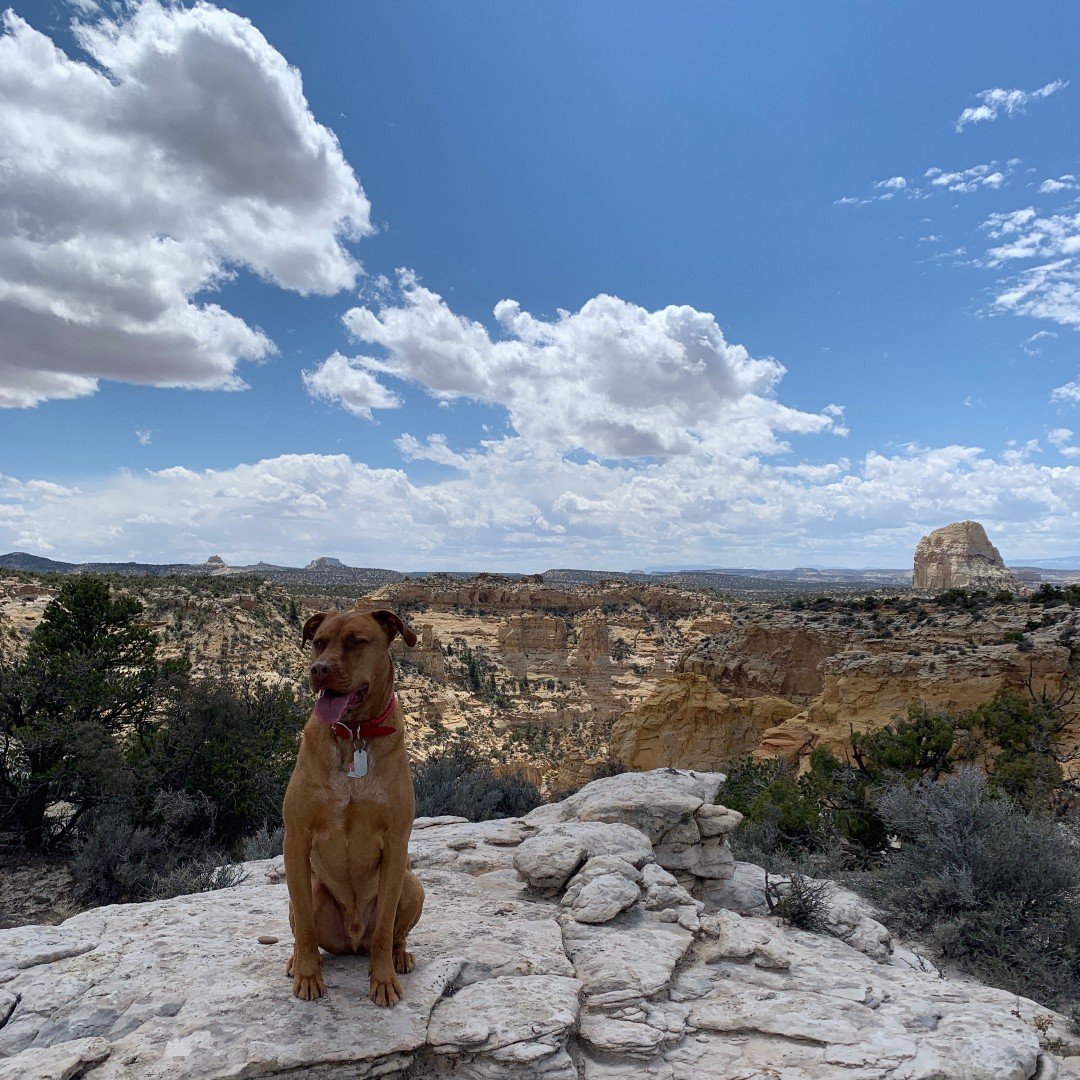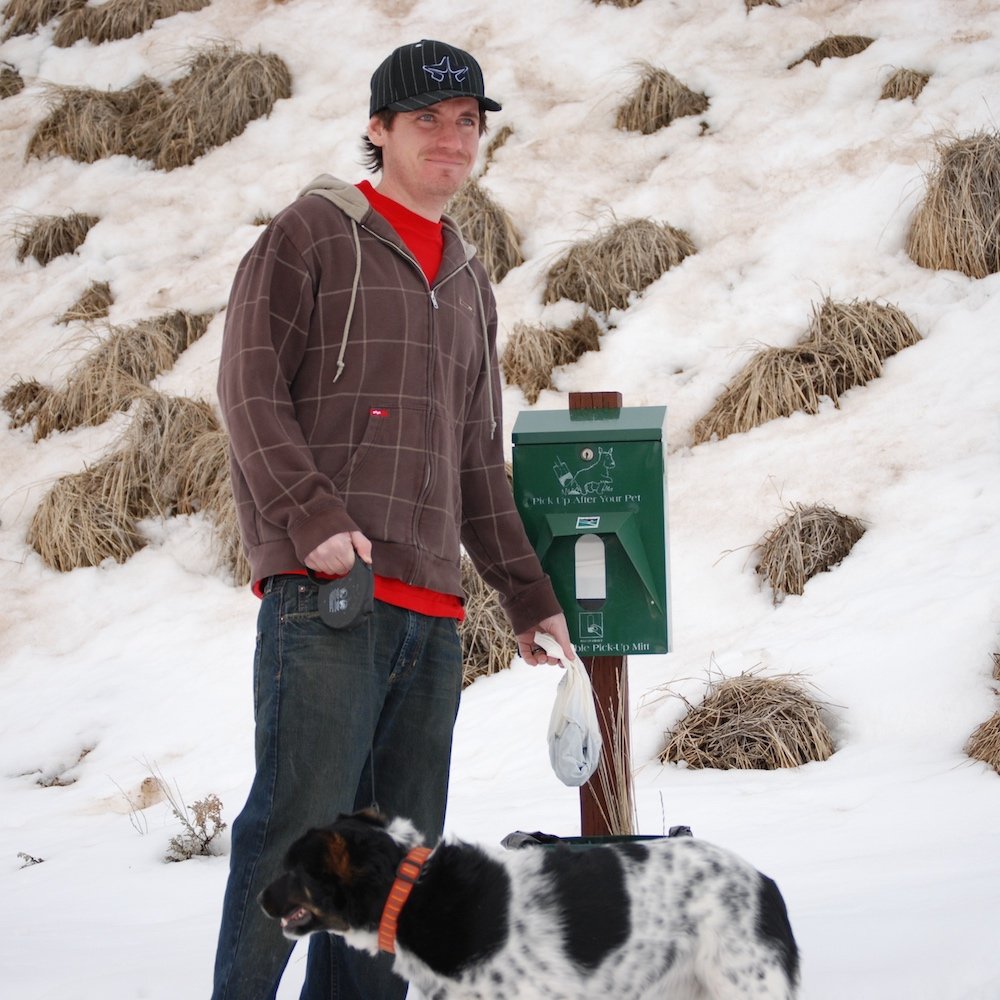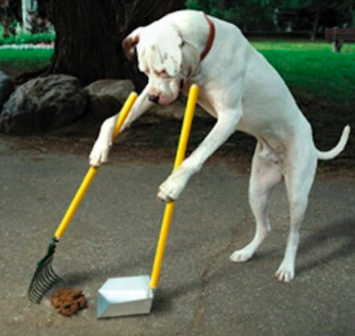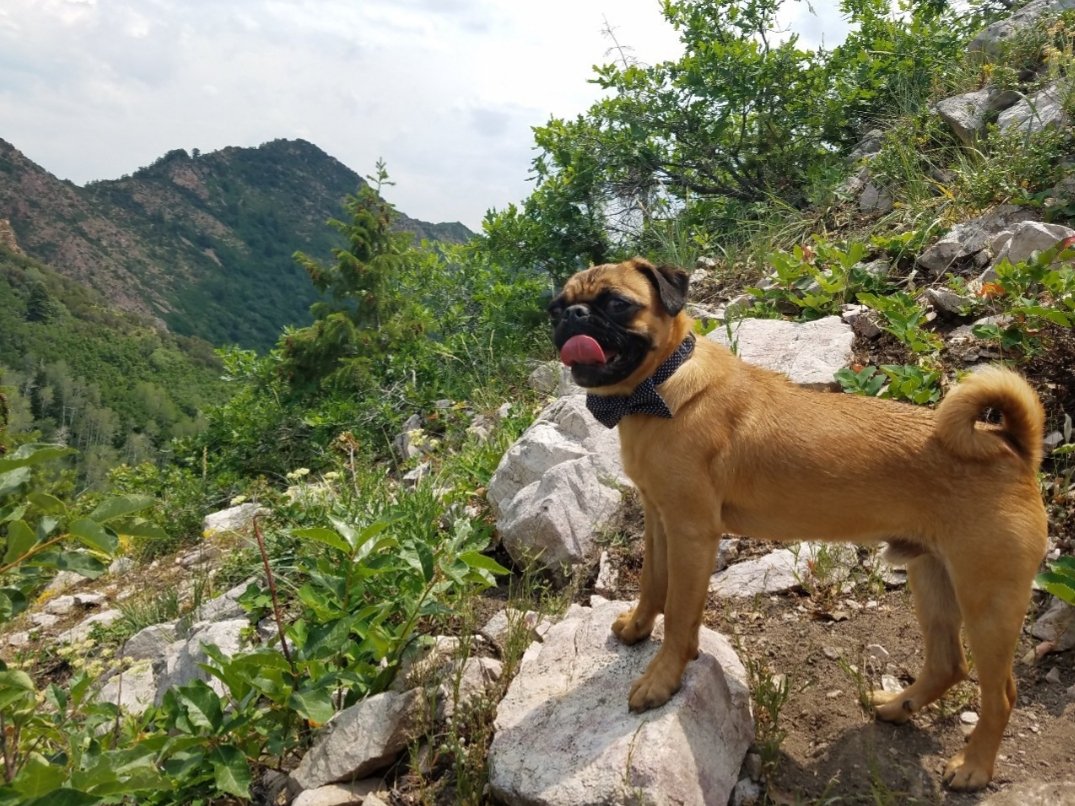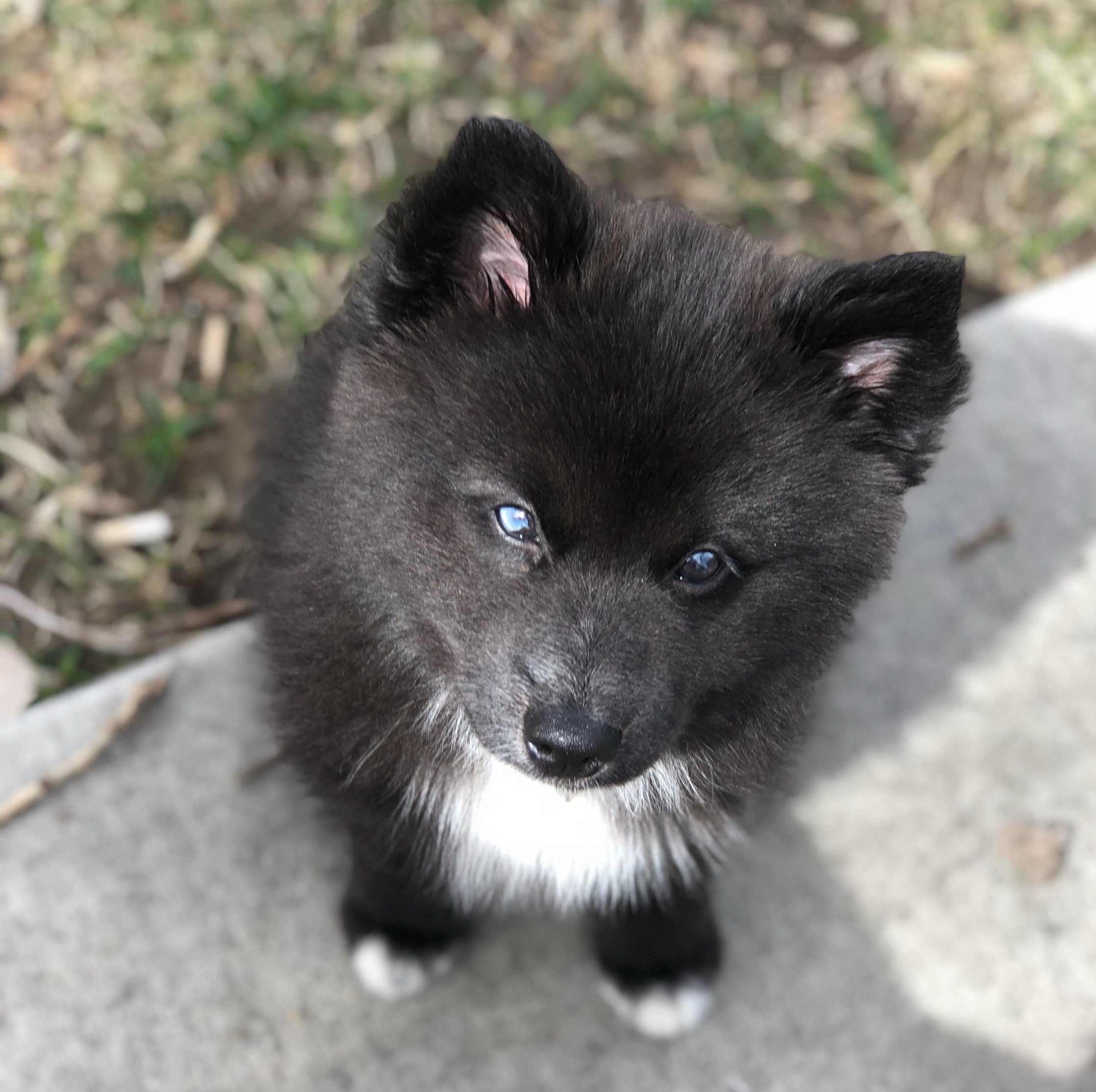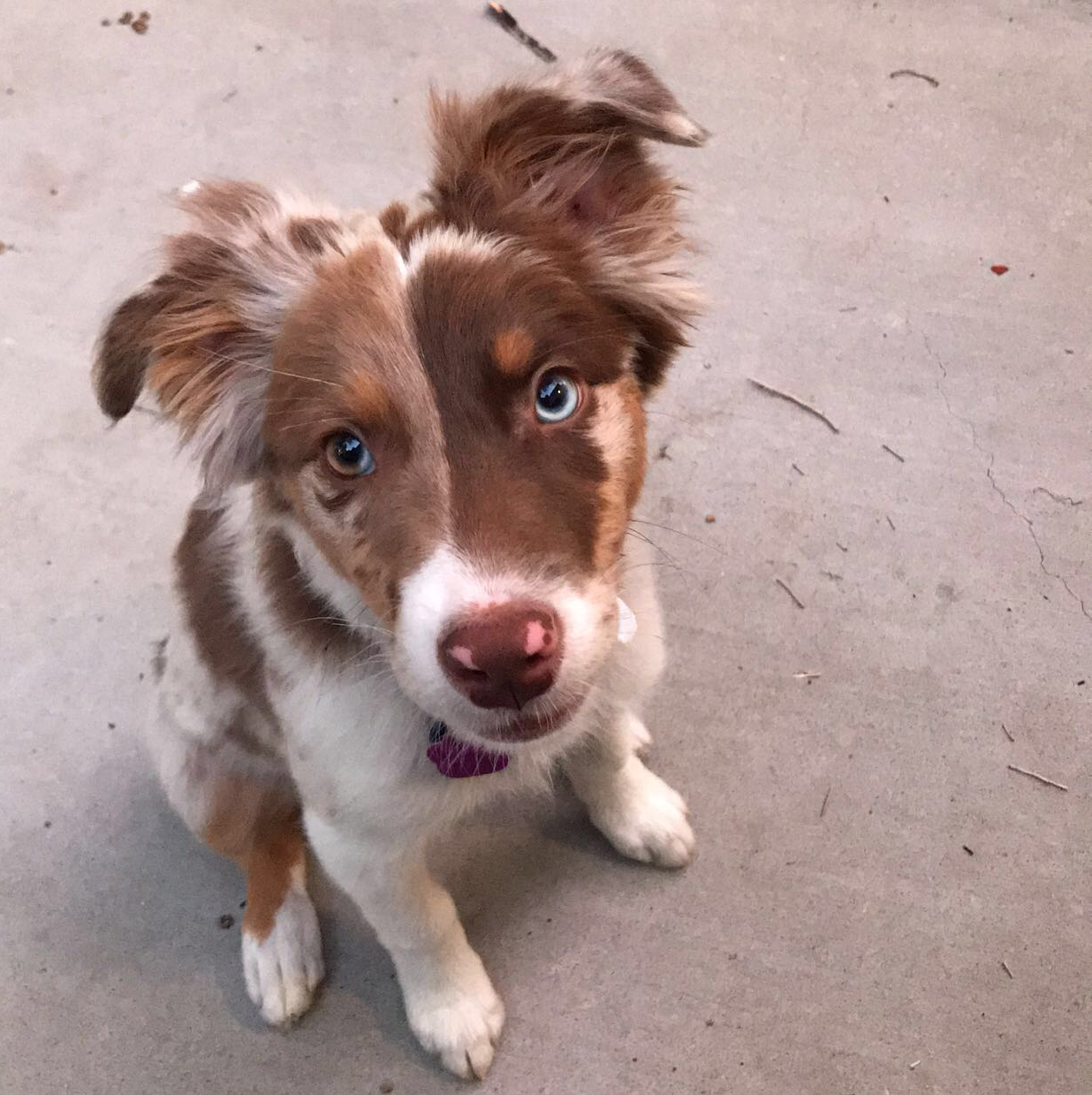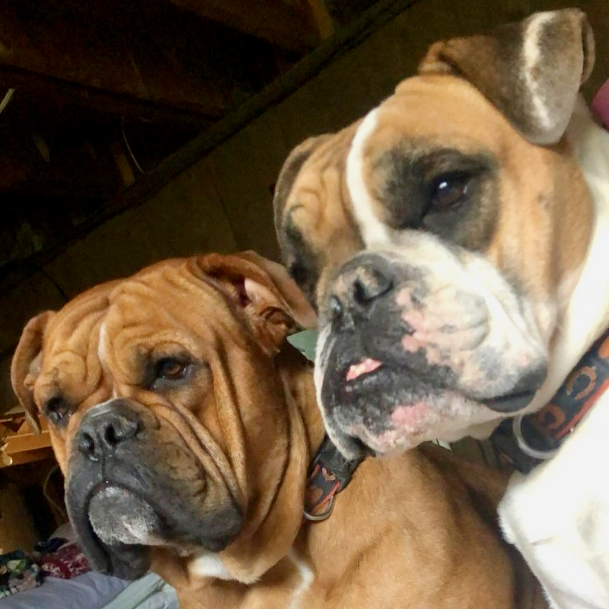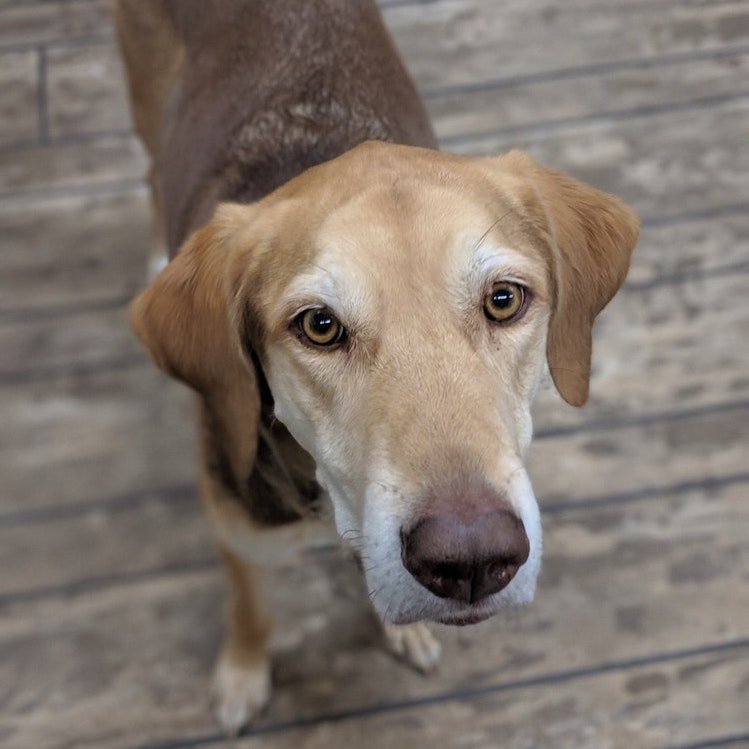Scoop the Poop!
Pet Waste is a bigger problem than many people realize!
A single gram of pet waste contains an average of 23 million fecal coliform bacteria, including E.coli, which can harm human health and the environment.
Pet waste also contains nutrients that encourage weed and algae growth. Overly fertile water becomes cloudy, slimy, and green/black, as a result of eutrophication, which causes health concerns for for swimmers, boaters, and fish.
Perhaps most importantly, pet waste can carry diseases which could make water unsafe for contact. In addition to E.coli, additional health concerns include:
Campylobacteriosis - bacterial infection
Salmonellosis - bacterial infection
Toxocariasis - roundworm infection
Toxoplasmosis - protozoan parasite infection
Giardiasis - protozoan parasite infection
Pet Waste Outreach Materials
Podcast: Pet Waste and Our Waterways
In the Salt Lake Valley, runoff from rain storms and snowmelt flows directly to local creeks and rivers with NO treatment. Pollution of storm water is a serious problem for wildlife and for the people who live near streams or use them for recreation. Pet waste tops the list of pollutants that impact our water quality and pose harm to human and environmental health.
Salt Lake County is working with citizens and businesses to improve water quality and clean up storm water runoff. We hope you will join us, by keeping pet wastes off the ground and out of our rivers and streams.
Bacteria from improperly disposed pet waste may be washed into the storm drainage system by rain, irrigation, or melting snow.
When pet waste is washed into lakes or streams, the waste decays, using up oxygen and sometimes releasing ammonia. Low oxygen levels and ammonia combined with warm temperatures kill fish.
More About Dog Waste and E.coli
Dog waste is indeed a significant problem, particularly in urban areas, due to its link to E. coli contamination. Here’s how dog waste contributes to this issue:
High Dog Population Density
In urban areas, the high density of dogs means a large amount of waste is produced. Even if only a fraction of dog owners neglect to clean up after their pets, it results in a substantial accumulation of waste, which contains a variety of potentially dangerous pathogens, including Escherichia coli (E. coli), a type of bacteria commonly found in the intestines of animals and humans. E. coli can be harmful, especially certain strains that can cause severe gastrointestinal illness.
Environmental Pathways
Runoff During Rainfall: When it rains, dog waste left on the ground can be washed into storm drains. These drains often lead directly to water bodies like rivers, lakes, and oceans without treatment. As a result, E. coli from the waste can contaminate these water sources.
Groundwater Contamination: In areas where water permeates the soil to replenish groundwater supplies, dog waste can seep into the ground, potentially contaminating underground water reserves.
Direct Contact: People, particularly children playing in parks or individuals using green spaces, can come into direct contact with dog waste, risking exposure to E. coli.
Health Implications
E. coli contamination in urban water bodies can lead to several health problems:
Swimming-Related Illnesses: Contaminated water poses a risk to swimmers and can cause infections if ingested or if it comes into contact with open wounds.
Drinking Water Concerns: If E. coli-contaminated water enters the drinking water supply, it can lead to widespread outbreaks of waterborne diseases.
Food Contamination: Urban agriculture, such as community gardens, can be affected if contaminated water is used for irrigation, potentially introducing E. coli into the food chain.
Your Community Can Act Together to Significantly reduce the problem
To mitigate the issue of dog waste and its link to E. coli contamination:
Public Awareness Campaigns: Educating dog owners about the importance of cleaning up after their pets and the environmental and health risks associated with dog waste.
Improved Waste Disposal Infrastructure: Installing more waste bins specifically for dog waste and ensuring they are regularly emptied.
Stormwater Management: Implementing green infrastructure solutions such as permeable pavements and bioswales that reduce runoff and filter contaminants before they reach water bodies.
Regular Monitoring: Municipalities can conduct regular water quality monitoring to detect and address E. coli contamination promptly.
Addressing the issue of dog waste is crucial for maintaining a healthy urban environment and preventing the spread of E. coli and other harmful pathogens.
Postcard: SLCo Pet Waste Postcard (2 sided pdf)
Door Hanger: Dump No Waste Stenciling Door Hanger (Example from Dover, NH)
Guide: How to Conduct a Pet Waste Campaign (New Hamshire Example)
Article: Why is Pet Waste Such a Big Deal?
Article: Pick Up After Your Pet: It’s Polite AND Protects the Environment!
Graphic- We <3 Our Dogs, but their poop, not so much!
Brochures:
Salt Lake County: The Real Scoop on Dog Poop
Cottonwood Heights: Pet Waste and Water Quality
Midvale: Pet Waste and Water Quality
West Valley City: Pet Waste and Water Quality
Herriman City: Pet Waste and Water Quality
EPA- Pick up after your pet- Watershed (from Kansas)
EPA- Petwaste pollutes our rivers lakes and streams
The Pet Waste- Water Quality Connection- Town of Carboro
Don’t Let Your Pet Pollute- Lacey, WA
Social Media Samples of Post verbiage: Scoop The Poop Posts
SLCo Stormwater Coalition E.coli webpage
Article- Pet Waste and E.coli
Article: Protect Stormwater- Pick Up Pet Waste
Article: Why Pick Up Pet Waste
Article: Feeding Waterfowl Fouls Stormwater
Tip Sheet: How to E.Coli Infection Prevention (EPA)
SLC Tribune Article: Is it Safe for Utah Kids to Play in Sprinkler Water (Andrew Larsen)
Article: Bacteria and E.coli in Water
Article: The Jordan River and E.coli
Pet Waste, Stormwater Quality, E.Coli infection Prevention
Article: Scoop The Poop- Protecting Salt Lake County’s Waterways
Article: Pet Waste- Protect Waterways for Everyone
Article: Why is Pet Waste Such a Big Deal?
Article: Pick Up After Your Pet: It’s Polite AND Protects the Environment!
Graphic- We <3 Our Dogs, but their poop, not so much!
Podcast Link: UNTREATED: Pet Waste and Our Waterways
Suggested Social Media Post verbiage: Scoop The Poop Posts
Pet Waste Data & Reports
Salt Lake County Stream Data Dashboard - E.Coli (Searchable)
Salt Lake County- The Real Scoop on Dog Poop
USDA- Pet Waste Systems Help Protect Water Quality
Know Where It Goes—Do You Scoop the Poop? (Rhode Island)
CDC- Healthy Pets, Healthy People
Parasites and Poop: The Importance of Picking Up After Your Dog- Associated Veterinary
The Problem With Dog Waste- Marion County Welllfield Education Corporation
Pet Waste Complaints- D.C. Dept of Energy and the Environment
